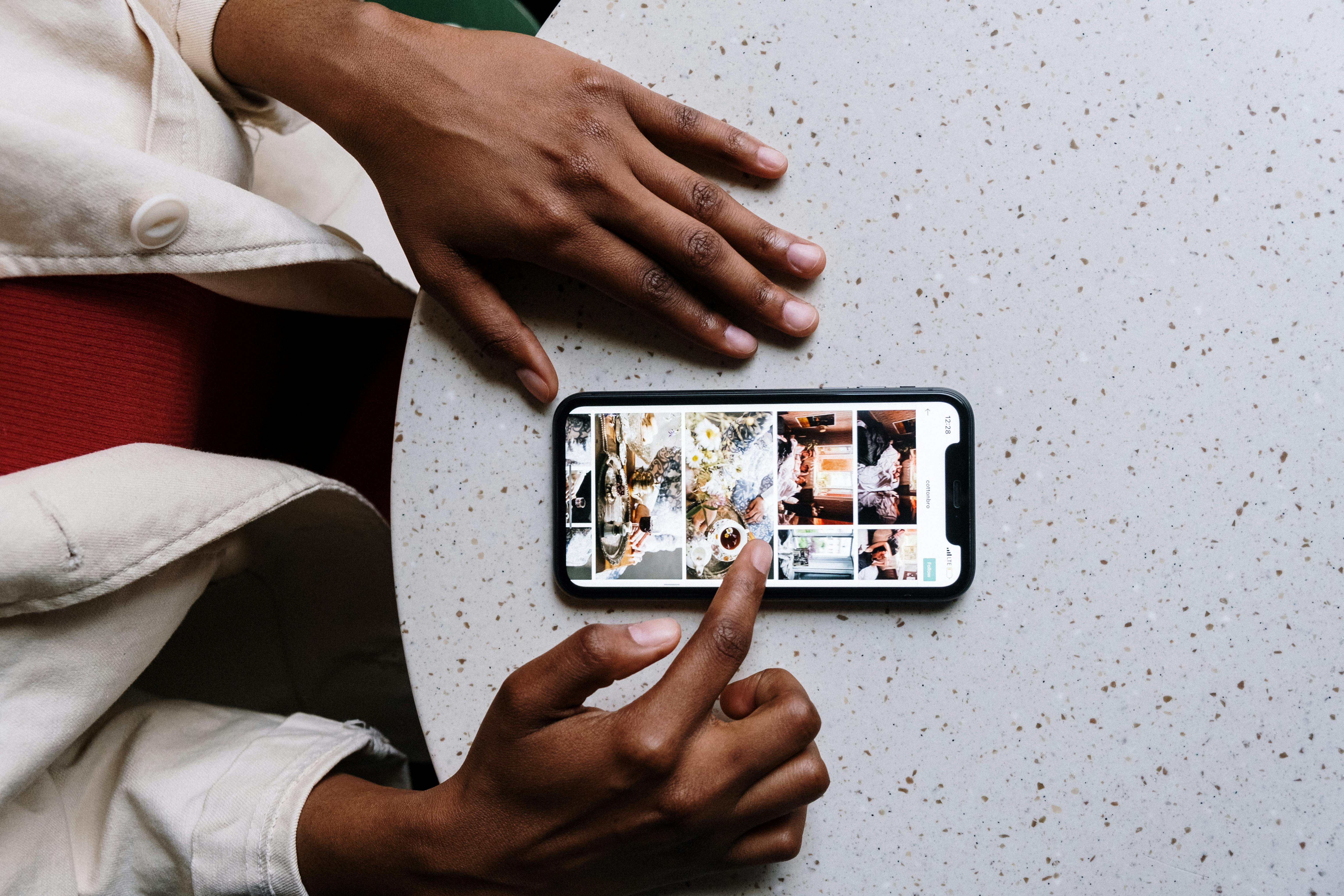Ensuring accessibility in app development is crucial for creating inclusive applications that cater to the needs of all users, including those with disabilities. This approach not only broadens your user base but also significantly enhances the user experience. Let’s dive into accessibility in app development and explore practical strategies to help developers incorporate these principles effectively.
Understanding Accessibility in App Development
Accessibility in app development refers to the design and creation of apps that are usable by people with a wide range of abilities. This includes individuals who may have visual, auditory, motor, or cognitive disabilities. Making your app accessible means ensuring that it can be used as easily by someone with disabilities as by someone without.
The Benefits of Embracing Accessibility
Integrating accessibility in app development is not just a nod to inclusivity; it’s also a smart business practice. By making your apps accessible, you are tapping into a wider market. Moreover, accessible apps tend to have better SEO rankings, higher usability, and enhanced customer satisfaction, as they cater to a broader audience.
Key Strategies for Implementing Accessibility
- Start with Inclusive Design: From the earliest stages of app design, consider how users with various disabilities will interact with your app. Use color schemes that are friendly for colorblind users, provide sufficient contrast for readability, and ensure interactive elements are large enough to navigate easily.
- Utilize Accessibility Tools and Standards: Platforms like iOS and Android offer accessibility tools and guidelines that can help you design for all users. Familiarize yourself with standards such as the Web Content Accessibility Guidelines (WCAG) and ensure your app complies with these requirements.
- Implement Screen Reader Compatibility: Screen readers are essential for visually impaired users. Design your app’s UI to be navigable and understandable when read by a screen reader. This includes labeling buttons and links appropriately and ensuring that screen reader users can access all content and navigation.
- Offer Customization Options: Allow users to customize their experience. This could include adjusting font sizes, changing color contrasts, or switching to a more navigable layout. Flexibility in the app interface can make a significant difference for users with varying needs.
- Regularly Test for Accessibility: Incorporate accessibility testing into your regular testing routine. Use both automated tools and human testers to evaluate your app’s accessibility. This includes testing with people who have disabilities to understand practical challenges they face.
- Provide Alternative Ways to Interact with the App: Not all users can interact with your app in the same way. Offer alternatives, such as voice commands or gestures, that can replace traditional touch or typing inputs.

Continual Improvement is Key
Accessibility in app development should be viewed as an ongoing commitment rather than a one-time task. As technology and standards evolve, so too should your app. Keeping abreast of new accessibility tools and guidelines can help ensure that your app remains accessible to all users, regardless of their abilities.
Integrating accessibility in app development is essential for creating inclusive digital environments that cater to the diverse needs of all users. By following the outlined strategies, developers can ensure that their apps are not only more inclusive but also more successful and well-received.
For further guidance on incorporating accessibility in your app projects, connect with us at MessApps. We’re dedicated to helping you create apps that are accessible, innovative, and user-friendly.
